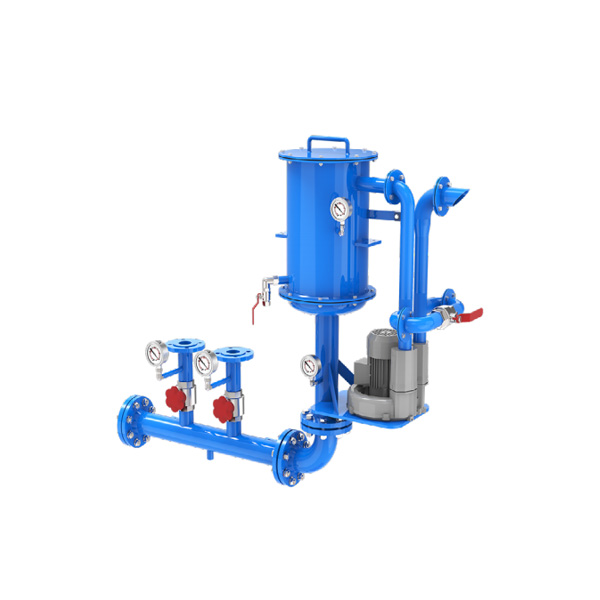Refractory Repair: A Comprehensive Guide
2 min readIntroduction to Refractory Repair
Refractory repair is a critical aspect of industrial maintenance, particularly in industries that involve high-temperature processes such as steel manufacturing, glass production, and cement plants. Refractory materials are designed to withstand extreme heat and wear, but over time, they can deteriorate, necessitating repair or replacement. This article delves into the importance of refractory repair, the processes involved, and the benefits of maintaining these crucial components in industrial settings.
Understanding Refractory Materials
Refractory materials are those that can resist heat, wear, and chemical attack at high temperatures. They are essential in various industrial applications where high-temperature processes are a norm. The primary function of refractory repair is to restore the integrity and performance of these materials, ensuring the safety and efficiency of industrial operations.
Importance of Refractory Repair
The importance of refractory repair cannot be overstated. In industries where high temperatures are the norm, refractory linings protect equipment and structures from the damaging effects of heat. Regular maintenance and timely repair of refractory materials can extend their lifespan, reduce downtime, and prevent costly accidents.
Types of Refractory Materials
There are several types of refractory materials, each with its unique properties and applications. Understanding the type of refractory material in use is crucial for determining the appropriate repair methods. Common types include:
-
Silica Bricks: Resistant to high temperatures and thermal shock.
-
Magnesite Bricks: Known for their resistance to basic slags and high temperatures.
-
Alumina Bricks: Highly resistant to wear and suitable for acidic environments.
-
Castables: Versatile and can be cast into place for complex shapes.
Signs of Refractory Deterioration
Identifying the signs of refractory deterioration is the first step in the refractory repair process. Some common indicators include:
-
Cracks and Spalling: Visible cracks or pieces of refractory material breaking off.
-
Thermal Spalling: Caused by rapid temperature changes, leading to material failure.
-
Erosion: Wear due to constant exposure to high-temperature gases or liquids.
-
Chemical Attack: Degradation due to chemical reactions with the process materials.
https://www.jiangsuyuli.com/repair-rotary-kiln
Jiangsu Yuli Energy saving Technology Co., Ltd.

